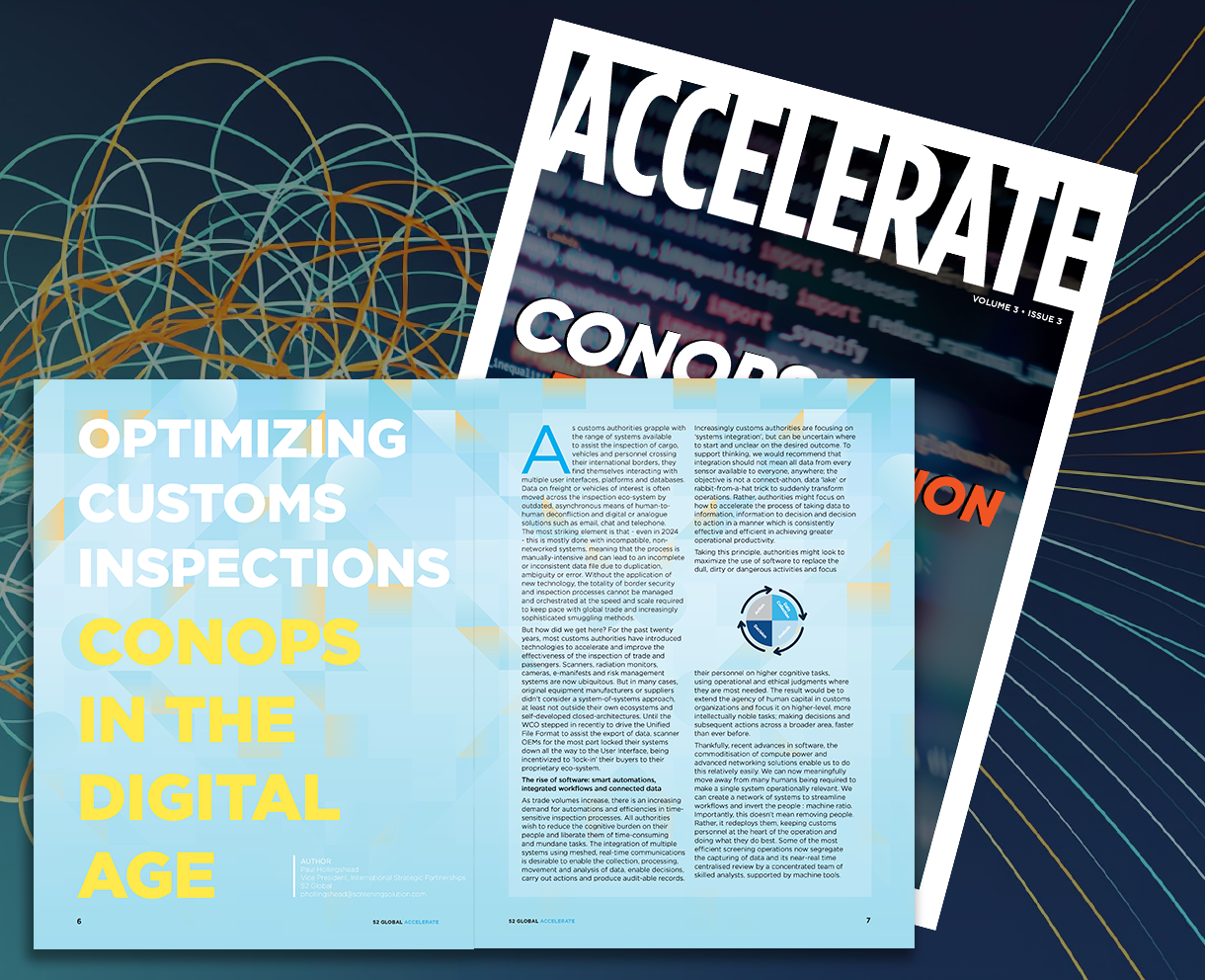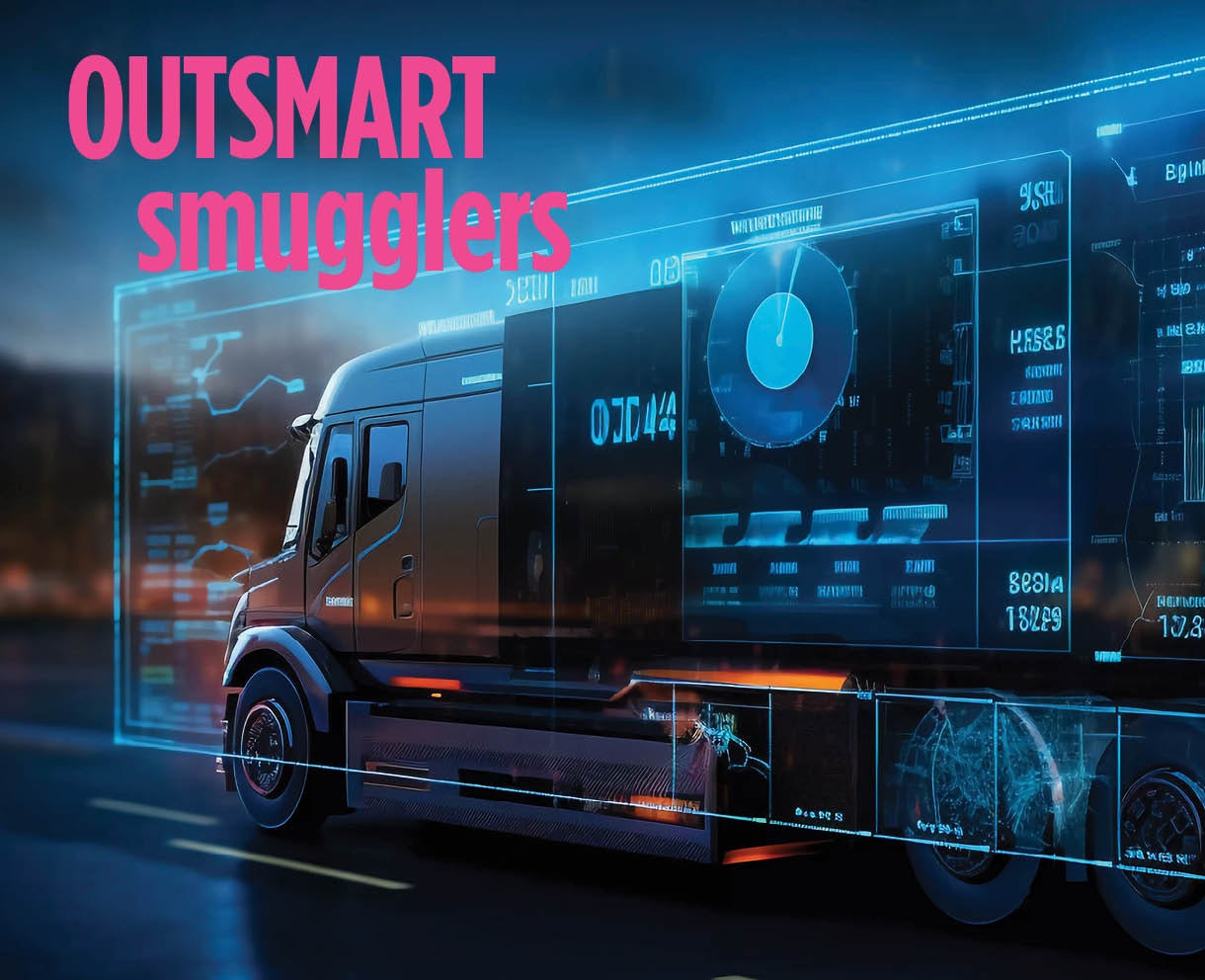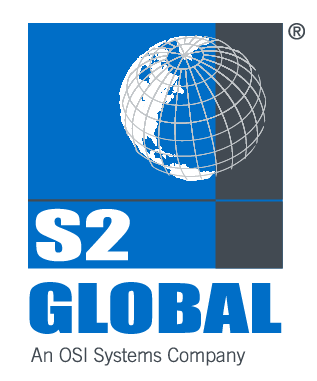Meeting Environmental Goals Through Integrated Inspection
Meeting Environmental Goals Through Integrated Inspection

Going green is a multi-faceted effort. Customs administrations contribute to environmental sustainability by supporting effective implementation of environmental agreements addressing harmful practices and encouraging better use of resources.
US CBP posts their strategy for environmental protection summarizing the key points.
• Incentivize Green Trade – provide facilitation benefits and other incentives to promote environmentally-friendly trade practices and supply chains
• Strengthen Environmental Enforcement Posture – enforce against environmental bad actors to drive meaningful changes in trade practices
• Accelerate Green Innovation – promote and invest in the deployment of innovative, sustainable trade practices by government and private industry
• Improve Climate Resilience and Resource
Efficiency – decrease the greenhouse gas emissions associated with CBP operations and strengthen the resilience and sustainability of trade infrastructure and assets.
Reducing energy consumption, resource use and emissions while increasing trade inspection seems counterintuitive, but Integration of systems allows for all of these goals to be achieved through
• Promotion of resource efficiencies
• Consolidation of processes
• Increased speed of secure trade
The customs clearance process and efficient border management are vital to the success of green supply chains. We are now in a new world where connectivity and interoperability are more important than ever. This can be seen in how regional integration efforts have become critical for trade facilitation procedures that will help environmental protection efforts succeed across borders.

CONOPS Transformation
By the end of this issue, you’ll have a comprehensive understanding of how to leverage technology to elevate your operations.

S2 University Image Analysis is Now CPD Certified
Tested and approved for CPD Certification, the S2 University 5-Day Image Analysis Program builds skills to increase detection of trade fraud, contraband, weapons and dangerous material.

Outsmarting Smugglers: Contraband detection in the era of AI
AI is transforming smuggling detection by predicting high-risk shipments through analysis of various textual data. The emerging frontier is image-recognition algorithms trained on thousands of X-ray images annotated by experts. As smuggling techniques get more sophisticated, so too must our methods of detection.
